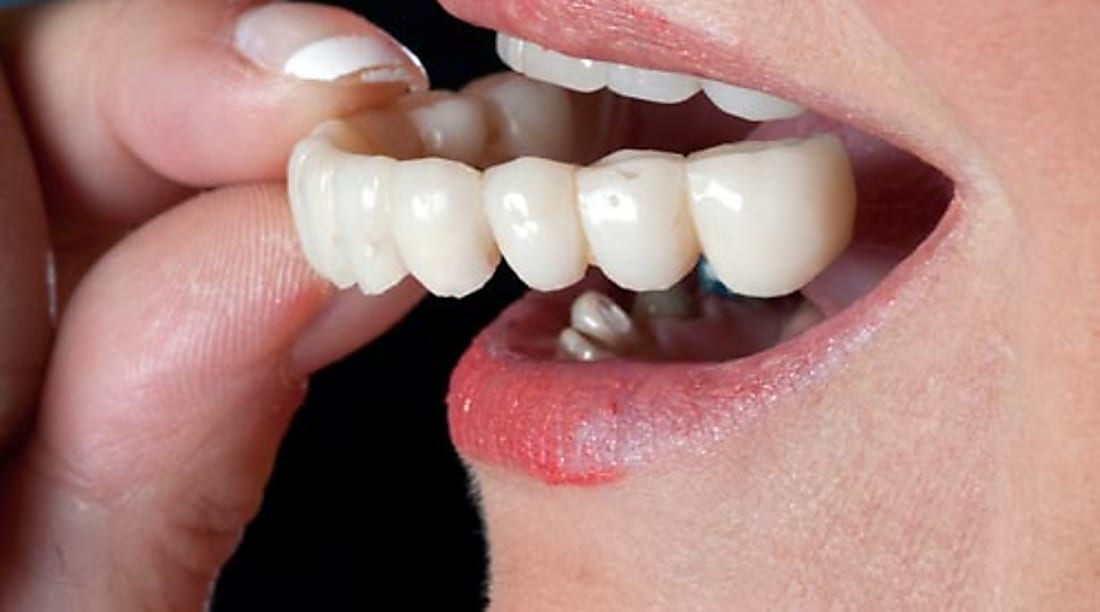Screwless Dental Implants: Modern Tooth Replacement Solutions
Revolutionary screwless dental implant technology is transforming tooth replacement procedures, offering patients a more comfortable and efficient alternative to traditional implants. These innovative solutions eliminate the need for screws while maintaining the stability and durability patients expect from modern dental restoration techniques.

Modern dentistry continues to evolve with groundbreaking technologies that make tooth replacement more accessible and comfortable for patients worldwide. Among these innovations, screwless dental implant systems represent a significant advancement in oral rehabilitation, providing alternatives that address many concerns associated with conventional implant procedures.
What Are Screwless Dental Implants and How Do They Work
Screwless dental implants utilize advanced attachment mechanisms that secure prosthetic teeth without traditional screw-retained connections. These systems often employ friction-fit, cement-retained, or magnetic attachment methods to hold crowns, bridges, or dentures in place. The implant post itself is still surgically placed into the jawbone, but the connection between the implant and the prosthetic differs significantly from conventional approaches.
The technology behind these systems focuses on creating secure, retrievable connections that can be maintained or adjusted without the complications sometimes associated with screw-loosening or screw fractures. Many screwless systems also feature simplified maintenance procedures, making them attractive options for patients seeking long-term oral health solutions.
Advanced Tooth Replacement Technology and Benefits
Screwless implant technology offers several advantages over traditional screw-retained systems. The absence of access holes in the crown surface allows for better aesthetic outcomes, as there are no visible screw channels that need to be filled with composite material. This design improvement contributes to more natural-looking restorations that blend seamlessly with surrounding teeth.
Additionally, these systems often provide easier maintenance and cleaning procedures. Without screw access holes, patients can clean their implant-supported teeth more effectively, potentially reducing the risk of peri-implantitis and other complications. The simplified design also means fewer components that could potentially fail or require replacement over time.
Cost Considerations and Financial Planning
The cost of screwless dental implants varies significantly depending on the specific system used, the complexity of the case, and the geographic location of treatment. In Peru, patients can expect to invest between $800 to $2,500 per implant for screwless systems, though prices may fluctuate based on individual circumstances and clinic pricing structures.
Several factors influence the overall cost, including the need for bone grafting, the type of prosthetic restoration required, and the experience level of the treating dentist. Some screwless systems may carry premium pricing due to their advanced technology and specialized components.
| Provider Type | System Examples | Cost Range (USD) |
|---|---|---|
| Private Clinics | Locator Attachments | $1,200 - $2,500 |
| Dental Schools | Ball Attachments | $800 - $1,500 |
| Specialized Centers | Magnetic Systems | $1,500 - $3,000 |
Prices, rates, or cost estimates mentioned in this article are based on the latest available information but may change over time. Independent research is advised before making financial decisions.
Candidacy and Treatment Planning
Not all patients are ideal candidates for screwless dental implant systems. Successful treatment requires adequate bone density and volume to support the implant fixture, regardless of the attachment mechanism used. Patients with certain medical conditions, such as uncontrolled diabetes or active periodontal disease, may need to address these issues before proceeding with any implant treatment.
The treatment planning process typically involves comprehensive dental examinations, including 3D imaging to assess bone structure and plan optimal implant placement. Your dental team will evaluate factors such as bite force, jaw relationship, and aesthetic requirements to determine whether screwless systems are appropriate for your specific situation.
Maintenance and Long-term Care
Proper maintenance of screwless dental implants requires consistent oral hygiene practices and regular professional care. While these systems may offer simplified cleaning compared to traditional screw-retained implants, patients must still commit to thorough daily cleaning and periodic professional maintenance.
Regular dental visits allow for monitoring of the implant integration, assessment of the prosthetic components, and early detection of any potential issues. Most screwless systems are designed for easy removal and replacement of prosthetic components when necessary, facilitating long-term maintenance and care.
Future Developments and Considerations
The field of screwless dental implant technology continues to advance, with ongoing research focused on improving attachment mechanisms, enhancing biocompatibility, and developing more cost-effective solutions. As these technologies mature, patients can expect to see improved outcomes and potentially more accessible pricing options.
When considering screwless dental implants, it’s essential to work with experienced dental professionals who can provide comprehensive evaluation and treatment planning. The success of any implant system depends heavily on proper case selection, surgical technique, and ongoing maintenance, making the choice of dental team as important as the technology itself.
This article is for informational purposes only and should not be considered medical advice. Please consult a qualified healthcare professional for personalized guidance and treatment.




